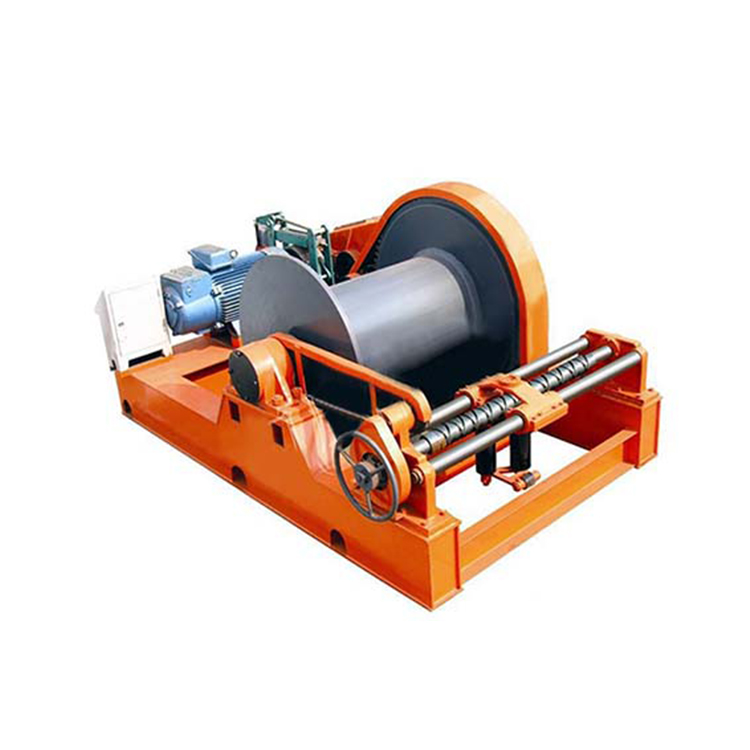Using a winch safely is crucial to prevent accidents and injuries. Here are some guidelines to follow:
1. Read the Manual
Always start by reading the manufacturer’s manual for specific instructions and safety guidelines related to your winch model.
2. Inspect the Winch
Before use, inspect the winch for any signs of wear or damage. Check the cable or rope, hooks, and other components for fraying, kinks, or corrosion.
3. Know the Load Capacity
Be aware of the winch’s load capacity and never exceed it. This information is usually found in the manual or on the winch itself.
4. Use Proper Rigging Techniques
Ensure that the load is properly rigged. Use appropriate slings, hooks, and other rigging equipment that are rated for the load.
5. Clear the Area
Make sure the area around the winch is clear of people and obstacles. Establish a safe zone where no one should enter while the winch is in operation.
6. Wear Personal Protective Equipment (PPE)
Use appropriate PPE, such as gloves, hard hats, and safety glasses, to protect yourself from potential hazards.
7. Use a Spotter
If possible, have a spotter to help guide the operation and ensure that the area is safe.
8. Keep Hands and Body Clear
Keep hands, clothing, and body parts clear of the winch cable or rope while in operation. Never place your body in line with the load.
9. Use a Safety Hook
If your winch has a safety hook, make sure it is used properly to prevent accidental disconnection.
10. Control the Speed
Operate the winch at a controlled speed. Avoid sudden jerks or rapid movements that could cause the load to shift or fall.
11. Avoid Overheating
Do not operate the winch continuously for extended periods, as this can cause overheating. Allow it to cool down as needed.
12. Secure the Load
Once the load is lifted or moved, ensure it is secured before releasing the winch cable or rope.
13. Disconnect Power When Not in Use
If using an electric winch, disconnect the power source when the winch is not in use to prevent accidental activation.
14. Practice Emergency Procedures
Be familiar with emergency procedures in case of a malfunction or accident. Know how to quickly stop the winch and how to safely lower the load.
15. Training
Ensure that all operators are properly trained in winch operation and safety protocols.
By following these guidelines, you can help ensure a safe and effective winching operation. Always prioritize safety and be aware of your surroundings.

Post time: Nov-15-2024







